Nancy has always liked to grow sunflowers in our vegetable gardens. For a long time I didn’t get it. I knew she mainly liked the cheeriness of the huge yellow faces looking down at her while she works among the vegetables, but I couldn’t see the practicality of it until I stumbled on an article in my 1921 published addition ofFarm Economics – A Cyclopedia of Agriculture for the Practical Farmer and His Family. I was reading a section on chicken coop construction and noticed in one of the diagrams the incorporation of several feed bins, one of which was designated for sunflower seed. It got me to thinking, in earlier days sunflowers where grown on small farms as a source of chicken feed along with various types of grains. That made sense. I knew that corn and grain had always been the primary supplements used to sustain chickens through the winter months when free ranging wasn’t a viable option, but I never thought about sunflowers. Sunflowers are easy to grow in nearly any climate and are often planted to help loosen hard packed soils as a rotation crop. It has been my experience that anyone can grow sunflowers, nearly any place.
Doing a little research I discovered that in recent years there has been an increase in sunflower production nationwide as new markets have been opening up. Not only are they used for human consumption (salted sunflowers) and for wild bird feeders, but as a means of producing healthy cooking oils. As Americans become increasingly more health conscious the sunflower industry has been increasing as well.
I can’t say that Nancy and I are pursuing any kind of major production, but we do grow a row or two a year just to help supplement our winter supply of chicken feed. For us it has been more of an experiment than anything. We have discovered that the chickens do love the seeds and because of it we have been thinking that putting in a small field might not be a bad idea. A lot of folks these days are trying to discover ways of growing their own feed supplies on small acreages. We cut off the large flowered heads in the late fall and hang them upside-down in the barn to dry. After a month or so we remove them and feed a head a day to our hens. It is a simple thing to do.
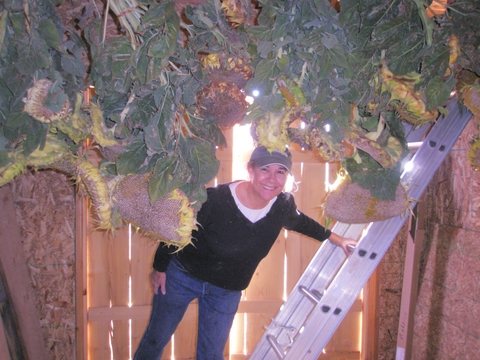
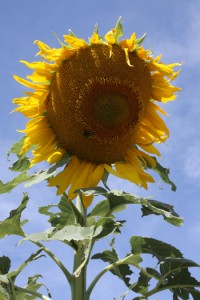
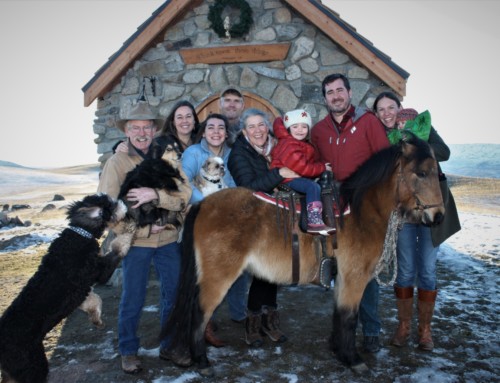
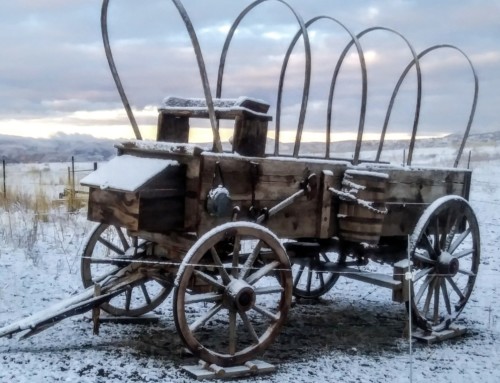
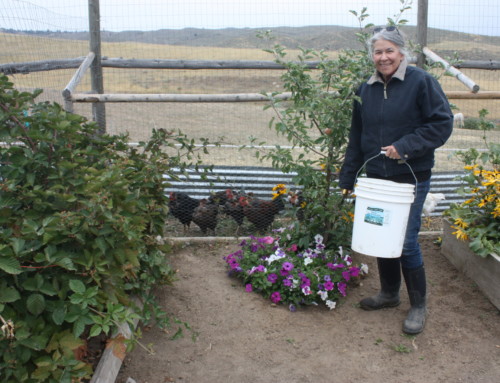

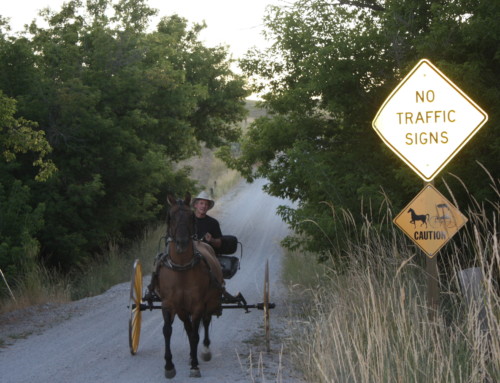
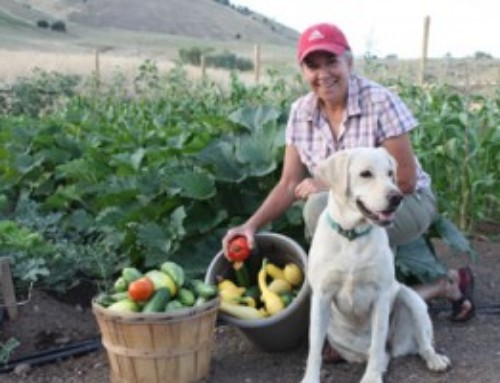
Leave A Comment
You must be logged in to post a comment.